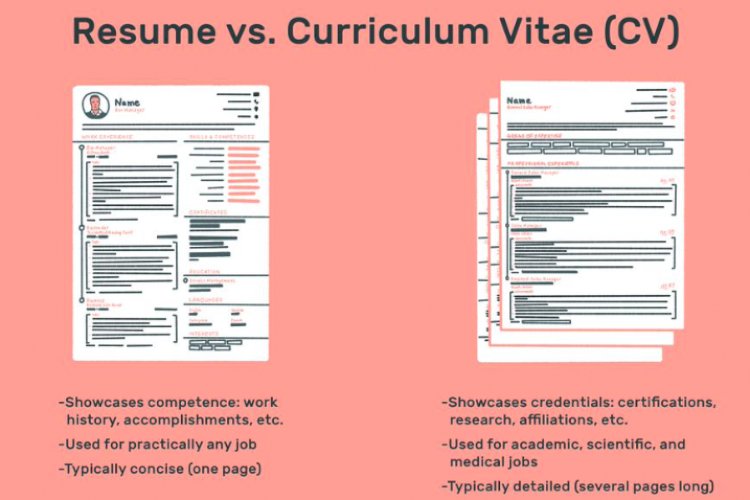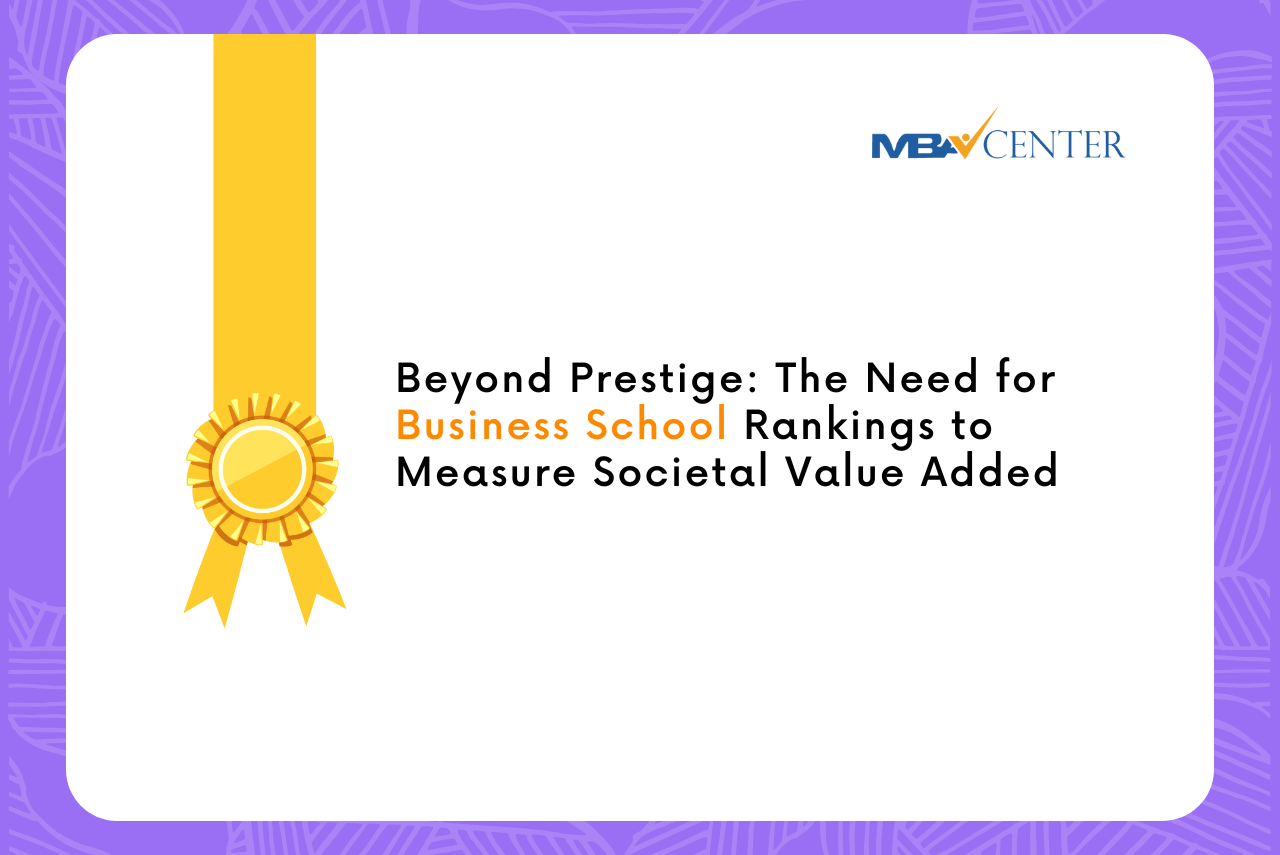
What exactly is the difference between a Curriculum Vita and a resume? When should you use a CV, and when is it better to use a resume?
The main differences between a CV and a resume are length, the content of the document, and what each document is used for. While both the CV and the resume are used in job, internship and graduate school applications, they are not always interchangeable.
What is the difference?
Resumes are often a document that shows how competent you are in the field you are either working in or planning to work in. They are personal marketing tools used to showcase skills, achievements, and the work experience that is most related to whatever it is you are applying for.
A Curriculum Vitae is usually used to showcase credentials. This provides the reader or the decision maker with comprehensive listing of the applicant’s education, certifications, research, and professional memberships. The document provides a summary of your overall experience and skills.
CVs are usually longer than resumes because they include more information and details on one’s academic and research background. This document should of course include your name, contact information, education, skills and experience. In addition to all this, CVs usually include information on research, publications, grants, scholarships and fellowships, licenses, awards, and any other information relevant to the position you are applying for.
On the other hand, a resume provides a summary of your academic background, your education, work history, credentials, and accomplishments. You can also add sections where you state your objectives and a career summary. Typically this document is one page long, however most cant fit everything in one page, and so the document is usually two pages long.
Wether you are working on drawing a CV or a Resume, always make sure you are matching the document to the position you are applying for. Make sure you highlight your education, work experience, skills as they relate to the industry or job you are interested in.
 MBA Center Global
MBA Center Global 























